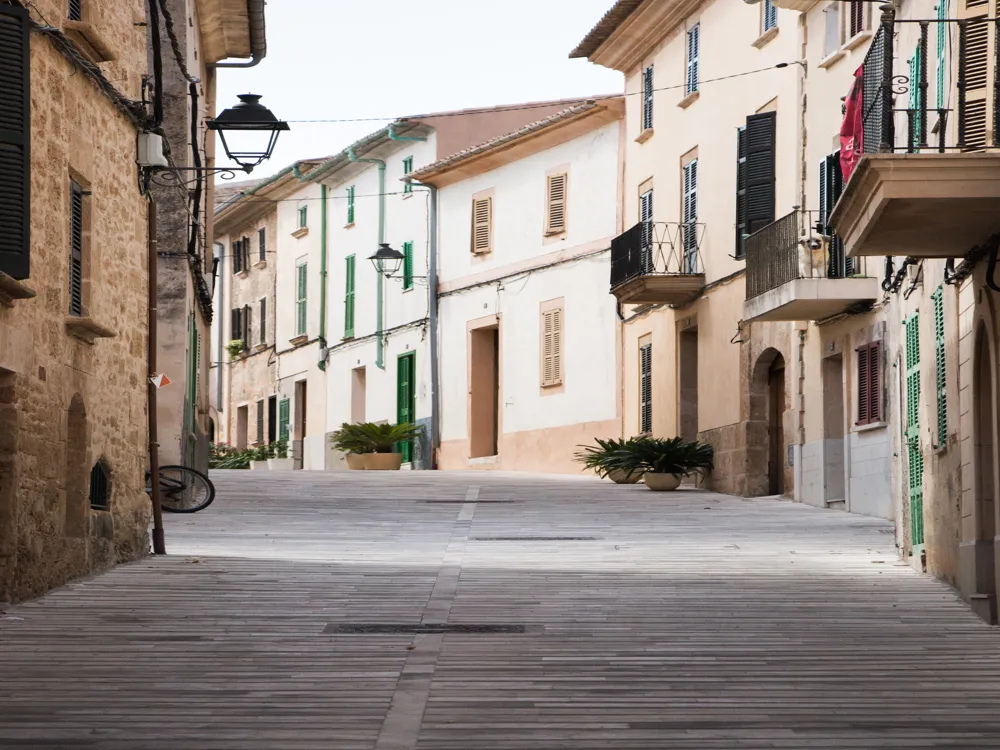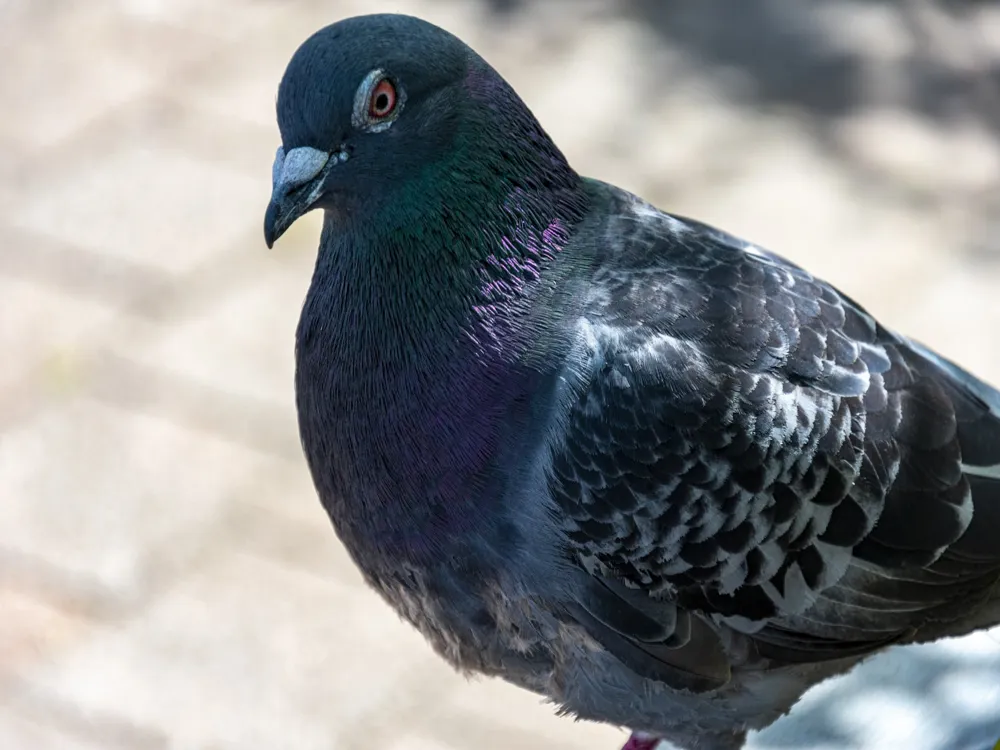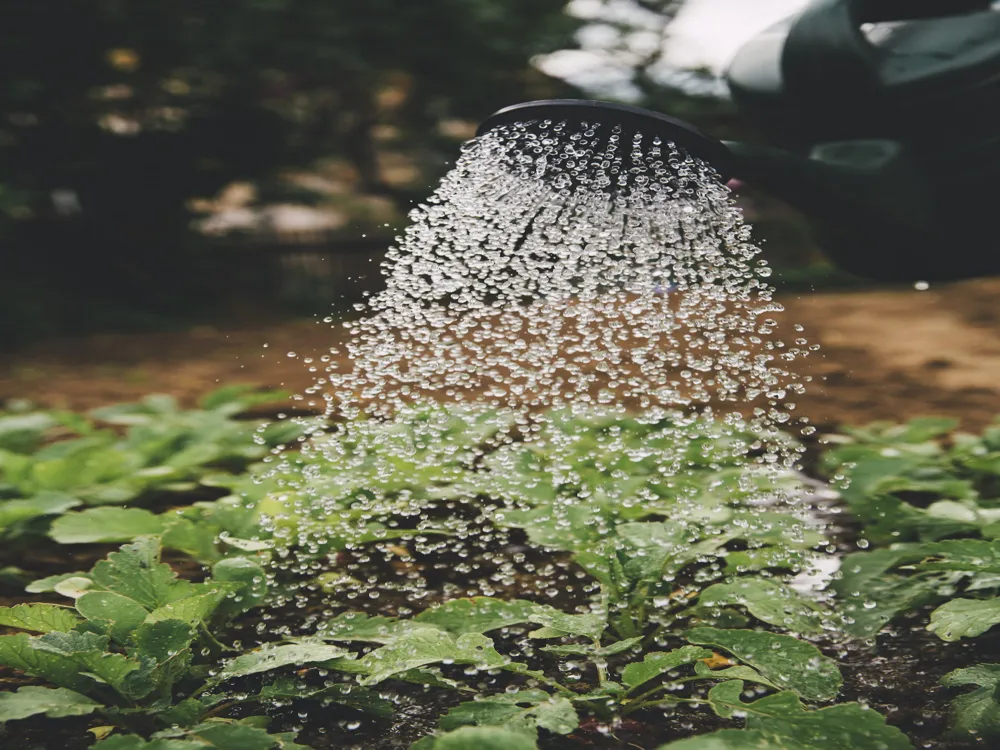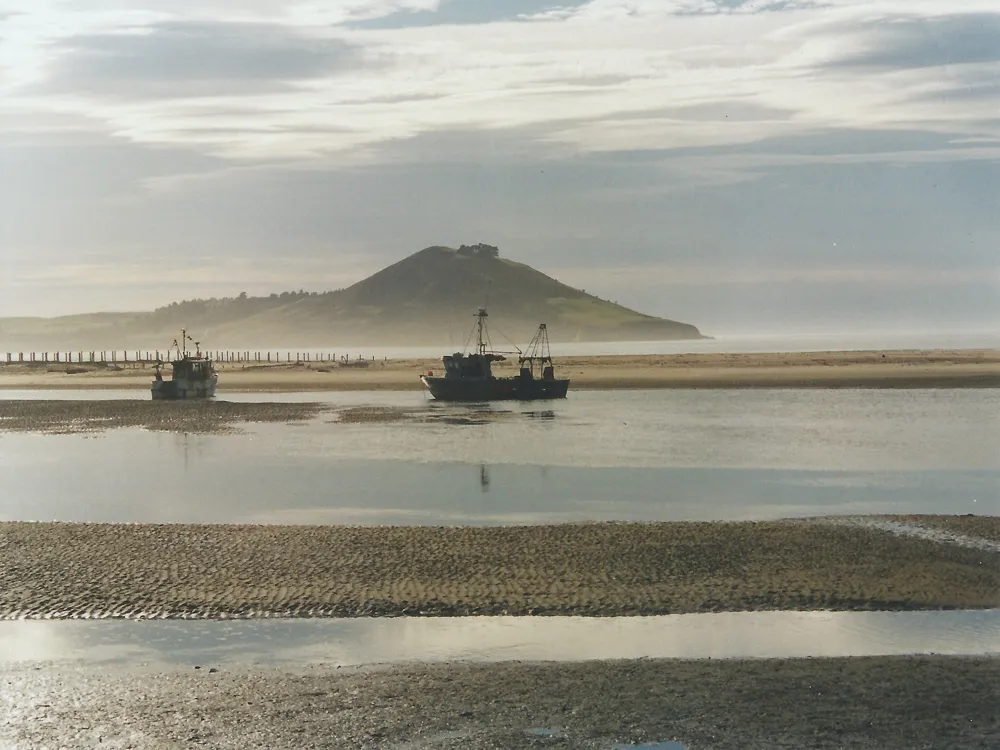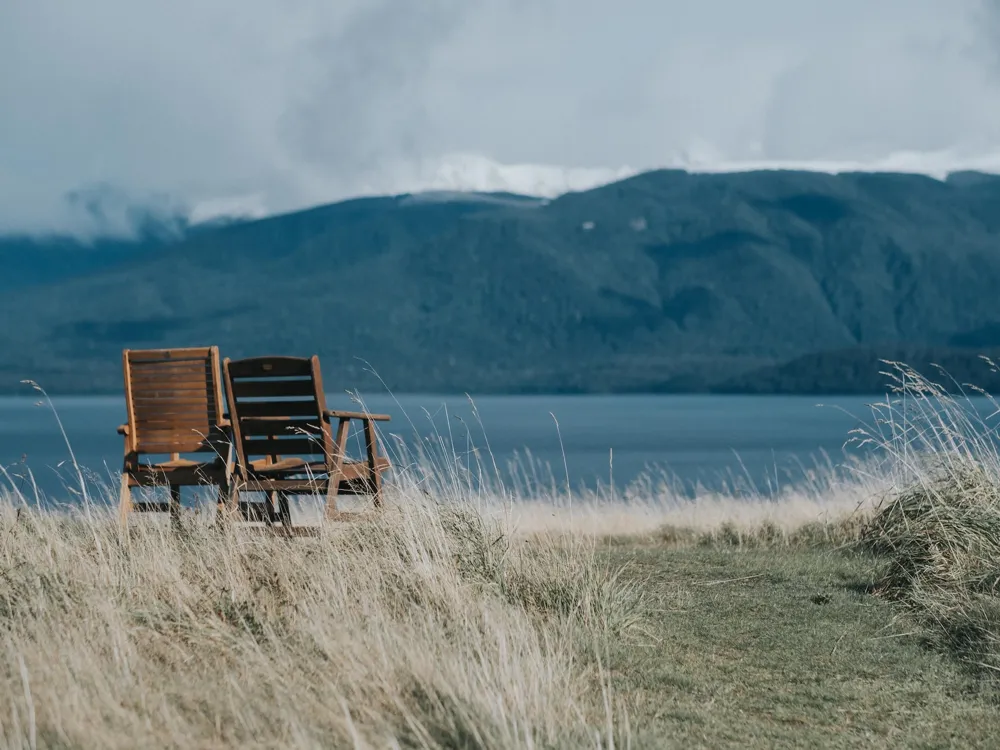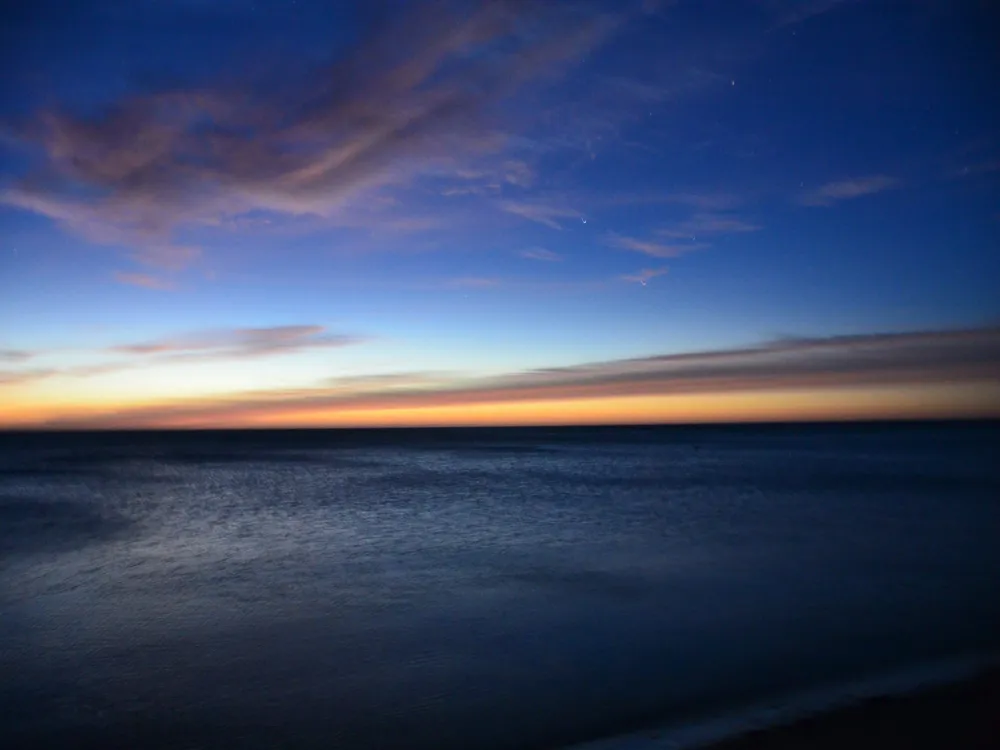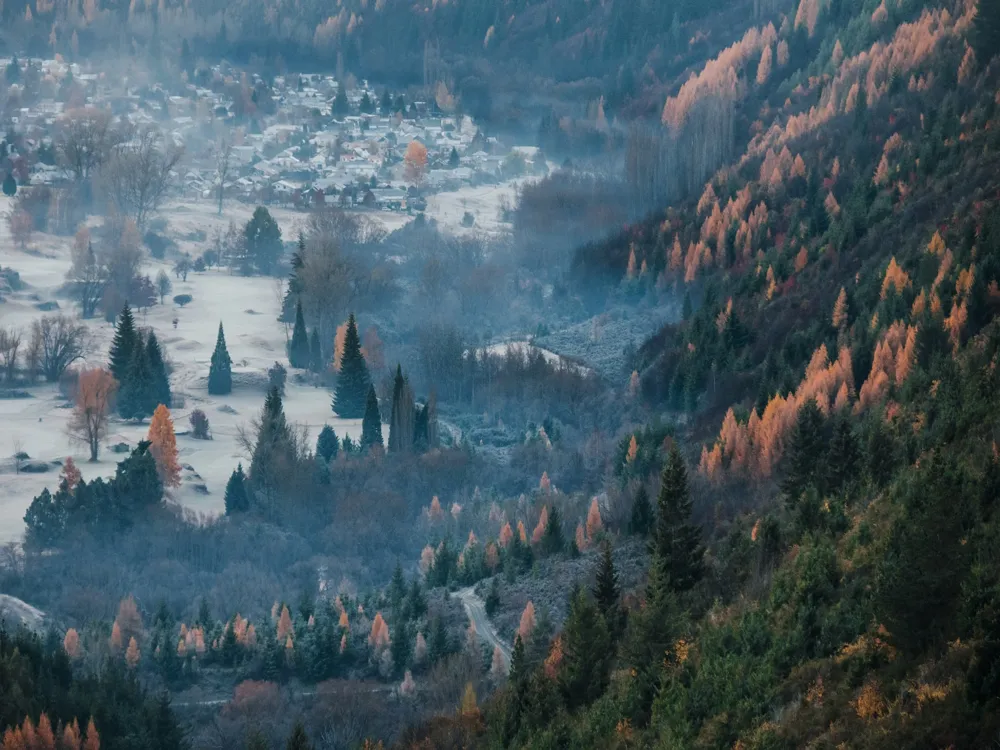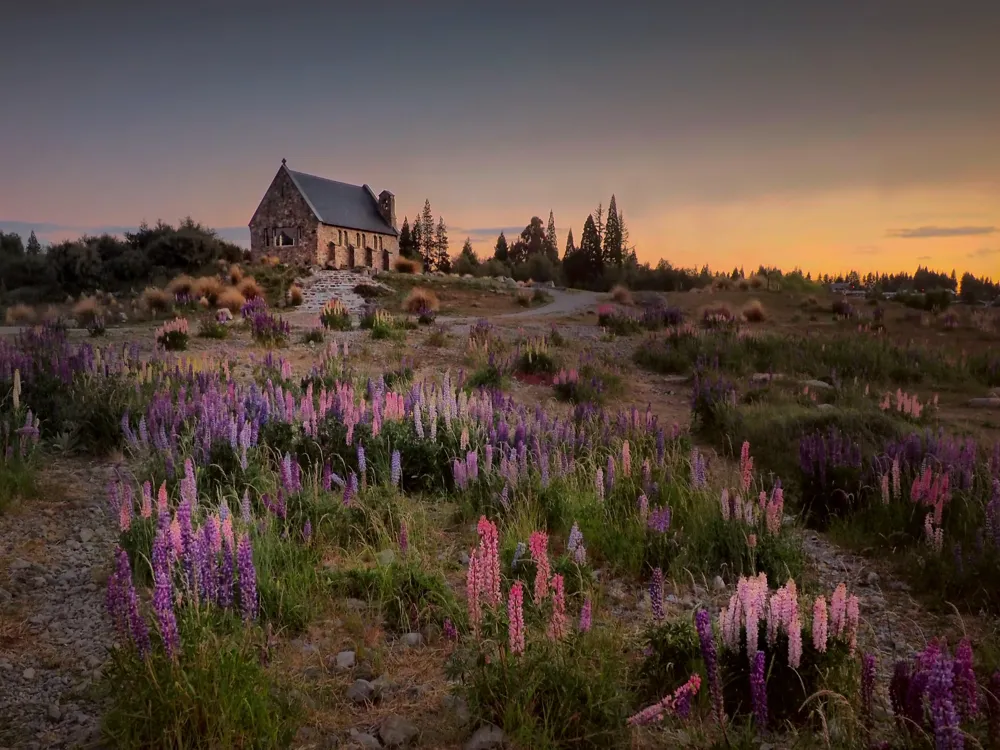Nestled in the heart of Dunedin, the Dunedin Botanic Gardens offer a splendid display of flora and fauna. Spanning over 30 hectares, it's not just a garden but a tapestry of botanical diversity. Established in 1863, these gardens are the oldest in New Zealand, serving as a testament to the city's rich botanical heritage. Visitors are welcomed by an array of over 6,800 plant species, ranging from native ferns to exotic cacti.
The Dunedin Botanic Gardens are divided into several distinct collections. The Rhododendron Dell, with its blooms creating a vibrant spectacle, is a sight to behold in spring. The Rose Garden, featuring over 3,000 roses, offers a sensory explosion of colors and scents. For those interested in New Zealand's native plants, the Native Plant Collection is a must-see. The geographic and thematic plant collections, including the African, Alpine, and Herb Gardens, provide an insight into the diverse plant life from different corners of the world.
The garden's design reflects a blend of the English landscape garden style with structured, formal bedding typical of the Victorian era. This unique combination makes it a perfect spot for both leisure and learning. It's not just about plants; the gardens are home to a variety of bird species, adding to the natural allure of the place. Educational programs and guided tours enhance the visitor experience, providing deeper insights into botany and conservation.
The Dunedin Botanic Gardens are not only a place of beauty but also of scientific importance. As a part of the University of Otago, the gardens play a crucial role in botanical research and education. The gardens also hold the status of a Garden of International Significance, accredited by the New Zealand Gardens Trust.
The Aviary, a recent addition, houses a collection of both native and exotic birds, making it a paradise for bird lovers. The Winter Garden Glasshouse, with its tropical and desert houses, offers a warm escape during cooler months. The garden's commitment to sustainability is evident through its various conservation initiatives and the use of eco-friendly practices.
Whether it's a leisurely stroll, a picnic, or a deeper exploration of botany, the Dunedin Botanic Gardens provide a tranquil and educational experience for visitors of all ages.
The architecture of the Dunedin Botanic Gardens reflects a harmonious blend of historical significance and modern design. The layout and structure of the gardens have evolved over the years, adapting to the changing needs while preserving their historical essence.
One of the main architectural highlights is the Winter Garden Glasshouse. Built in 1908, it is a fine example of Edwardian-era glasshouse design. The glasshouse consists of three main areas: the tropical house, the cacti and succulent house, and the temperate house. Each section is carefully designed to create specific climatic conditions, showcasing a variety of plants from different environments.
The Gardens' Entrance Gates, constructed in 1910, stand as an emblem of the city's Edwardian past. The gates lead to a network of pathways, each designed to offer a unique view of the gardens' diverse landscapes. The Rock Garden, dating back to the 1920s, features a cascading waterfall and a pond, incorporating elements of Japanese garden design.
The Aviary, a more recent addition, combines modern design principles with functionality. Its structure is designed to mimic natural habitats, providing an immersive experience for visitors and a comfortable living environment for the birds.
Throughout the gardens, various sculptures and artworks are strategically placed, adding an artistic dimension to the natural beauty. These include both contemporary pieces and historical statues, each telling its own story and blending seamlessly with the surrounding flora.
The layout of the gardens is a testament to Victorian landscaping principles, with formal bedding and symmetrical designs. However, the newer sections of the gardens incorporate more contemporary, eco-friendly design elements, reflecting the gardens' commitment to sustainability.
The Visitor Centre, renovated in recent years, stands as a modern architectural marvel. It serves as a hub for educational activities, providing interactive displays and resources about the gardens and their history. The use of green technologies in the Visitor Centre showcases the gardens' dedication to environmental stewardship.
The architecture of the Dunedin Botanic Gardens, thus, not only provides aesthetic pleasure but also serves educational and conservation purposes, making it a landmark of both historical and ecological significance.
Spring and early summer (September to December) are ideal for seeing the gardens in full bloom. However, the gardens offer unique beauty in each season, making them a year-round destination.
Comfortable walking shoes, a camera, sunscreen, and a water bottle are essentials. In cooler months, don't forget to bring a jacket.
Most parts of the gardens are wheelchair accessible, and there are several benches for resting. However, some areas may have uneven terrain.
Consider joining a guided tour for a more informative experience. Check the garden's website for tour schedules and availability.
The gardens are a photographer's paradise, but respect the privacy of other visitors and avoid commercial photography without permission.
There are picnic areas throughout the gardens. You can also visit the on-site café for refreshments.
Remember to leave the plants and wildlife undisturbed. Stick to the paths and dispose of trash responsibly.
The Dunedin Botanic Gardens are located at the northern end of Dunedin's central city. They can be easily accessed by public transport, car, or on foot from the city center.
By Public Transport: Several bus routes serve the area around the gardens. Check the local transit website for up-to-date information on routes and schedules.
By Car: The gardens have a dedicated parking area, which is free of charge. The entrance to the parking area is off Lovelock Avenue.
On Foot: If you're staying in the central city, the gardens are a pleasant walk away. Follow the signs pointing towards North Dunedin.
By Bike: Biking is another great option, with bike racks available at the garden entrances.
Overview of Dunedin Botanic Gardens
Architecture of Dunedin Botanic Gardens
Tips When Visiting Dunedin Botanic Gardens
Best Time to Visit
What to Bring
Accessibility
Guided Tours
Photography
Food and Drink
Respect the Environment
How To Reach Dunedin Botanic Gardens
Dunedin Botanic Gardens
Dunedin
₹ 142,000 onwards
View dunedin Packages
Dunedin Travel Packages
View All Packages For Dunedin
Top Hotel Collections for Dunedin

Private Pool

Luxury Hotels

5-Star Hotels

Pet Friendly
Top Hotels Near Dunedin
Other Top Ranking Places In Dunedin
View All Places To Visit In dunedin
View dunedin Packages
Dunedin Travel Packages
View All Packages For Dunedin
Top Hotel Collections for Dunedin

Private Pool

Luxury Hotels

5-Star Hotels

Pet Friendly







